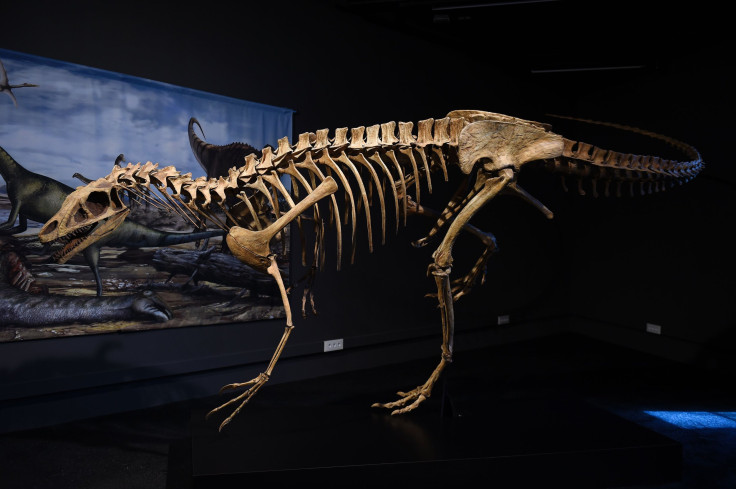Dinosaurs, Unlike In ‘Jurassic Park,’ Did Not Always Roar; They Also Cooed Softly

Before the advent of humans, or any other mammals for that matter, the Earth was dominated by dinosaurs, the biggest creatures known to have ever lived. That fact made it easy for popular imagination, helped in no small part by films like Jurassic Park, to associate loud roars and other similar sounds with them. But a new study suggests our indirect hulking ancestors may have been doing a lot of cooing too, much like modern-day birds.
Today’s avian species are all directly descendent from dinosaurs, and share many anatomical features with dinosaurs, which are largely accepted to be their closest ancient relatives. And it was closed-beak vocalization in birds that led researchers from universities in Texas, Arizona, Utah and Canada to this study.
In a paper titled “Coos, booms, and hoots: The evolution of closed-mouth vocal behavior in birds,” which will appear in the journal Evolution in August, the scientists “describe closed-mouth vocalizations of birds from functional and morphological perspectives and assess the distribution of closed-mouth vocalizations in birds and related outgroups. … we suggest that the capacity for closed-mouth vocalization was present in at least some extinct nonavian dinosaurs. As in birds, this behavior may have been limited to sexually selected vocal displays, and hence would have co-occurred with open-mouthed vocalizations.”
In simpler words, what they are saying is that dinosaurs could produce sounds with their beaks open, as well as with them closed, as we see many birds, like doves do, an action that produces a cooing sound. The researchers also suggest that the lower-frequency, quieter sounds so produced were used for attracting partners for mating, or even to protect territory.
Chad Eliason, a postdoctoral researcher at The University of Texas Jackson School of Geosciences and the study’s co-author, said: “Our results show that closed-mouth vocalization has evolved at least 16 times in archosaurs, a group that includes birds, dinosaurs and crocodiles. Interestingly, only animals with a relatively large body size (about the size of a dove or larger) use closed-mouth vocalization behavior.”
Earlier research and excavations have already shown that many dinosaur groups were feathered, much like modern birds.
© Copyright IBTimes 2024. All rights reserved.











